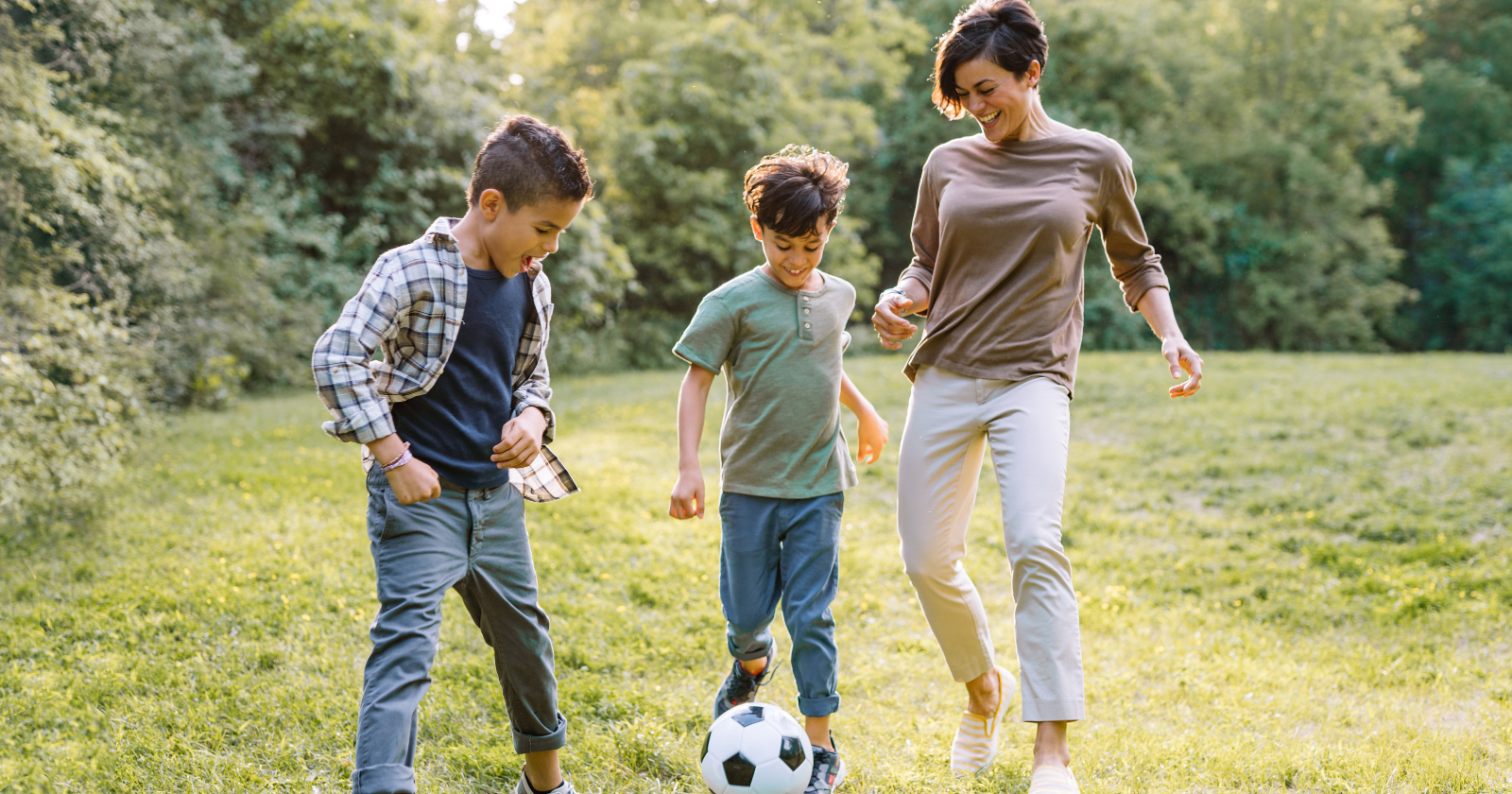As a mom of three grown sons, I’ve come to realize that what happens after school can shape a child’s mind just as much as what happens in the classroom.
The afternoons were always a mix of snacks, homework, and that tricky question: how do you balance rest and enrichment without overwhelming your child?
Over the years, I’ve seen that the most powerful activities aren’t the ones that feel like extra “work.” They’re the ones that naturally spark curiosity, stretch imagination, and build confidence from the inside out.
Here are seven after-school hobbies that do more than pass the time. They nurture the growing brain in ways that last a lifetime.
1. Reading for pleasure
Few habits light up a child’s brain like reading does.
I used to take my youngest to the library every Thursday. He’d pick out books about volcanoes, I’d choose something about animals, and we’d sit on the floor surrounded by stories.
What I didn’t realize then was how much those small rituals were strengthening his language and comprehension skills.
As neuropsychologist Laura Phillips, PsyD, has noted, “Just exposure to words is the single most important thing that you can do to help build the language pathways in your child’s brain.”
Reading doesn’t have to mean novels or chapter books either. Comics, recipes, or even game instructions count.
The key is freedom. Let your child follow their interests without judgment.
The goal goes beyond finishing a book. What truly matters is helping your child fall in love with ideas.
2. Music and rhythm
If I could recommend one activity that builds both sides of the brain, it would be music.
When one of my sons joined the school drum club, I noticed an incredible change in his focus and coordination.
Practicing rhythm trains timing, patience, and memory all at once. And the best part? It’s joyful learning disguised as fun.
Research agrees that music stimulates neural connections involved in math, language, and emotional regulation.
Whether your child plays an instrument, sings in a choir, or simply experiments with rhythm apps, music develops what some psychologists call “whole-brain engagement.”
You don’t need private lessons or expensive instruments either. Start simple: clapping to songs, tapping pencils in time, or using a free keyboard app. What matters is the rhythm and repetition because the brain thrives on both.
- If you need to move while thinking you’re using your brain in these 7 advanced ways - Global English Editing
- 9 behaviors people adopt in their 40s and 50s that lead to deep regret in their 70s - Global English Editing
- 8 psychological reasons people can’t stop discussing you when you’re not there - Global English Editing
3. Creative arts and crafts
I’ve always believed that creativity grows through practice, just like any other skill children develop over time. The more children use it, the stronger it gets.
Art is often seen as “extra,” but it’s deeply connected to how children learn to think critically.
Cutting, gluing, and painting might look like play, but these activities refine motor control and spatial awareness. They also teach kids to solve problems like how to make the paper stand, how to mix the right color, or how to bring imagination into form.
Research shows that “children’s play is anything but trivial, it fuels brain growth, underpins healthy development, strengthens executive-function abilities, helps buffer kids from stress, and deepens the bond between parent and child.”
Sometimes when my kids were younger, we’d spread out newspapers and paint with whatever we could find: leaves, bottle caps, even old toothbrushes.
It wasn’t about making something perfect. It was about expression, exploration, and learning to see beauty in the unexpected.
4. Gardening and nature care
There’s something magical about watching a child dig their hands into the soil and discover life beneath it.
Gardening is one of those activities that quietly builds patience, responsibility, and observation.
When my boys planted their first tomato seeds, they learned more about cause and effect than any science worksheet could have taught.
It’s a slow process, and that’s exactly why it’s so valuable. Children learn that growth takes time and that nurturing something requires consistency.
And if you don’t have outdoor space, that’s okay. Start a small herb pot on a windowsill. Let your child water it, talk to it, and observe how it responds.
These small acts help kids understand cycles, connection, and care for living things.
They also teach an emotional lesson: that effort and patience often lead to reward.
5. Cooking simple meals
Cooking is one of the most underrated brain-boosting hobbies for kids.
It blends math, science, and creativity all at once. When I started letting my sons make their own snacks, simple things like fruit skewers or pancakes, they not only learned independence but also developed planning and sequencing skills.
Cooking teaches executive function: following steps, managing time, adapting when something spills or burns.
And best of all, it’s a sensory experience. Smells, tastes, and textures all engage the brain in ways screens simply can’t.
If you’re worried about safety, start with no-heat recipes like assembling sandwiches or tossing salads.
The real value lies in connection and the lessons learned through doing together.
There’s something deeply bonding about preparing food together. Kids remember those moments of shared laughter and mess far longer than they remember a worksheet.
6. Sports and movement
Physical play benefits far more than the body. It also supports healthy brain development.
When my middle son joined a soccer team, I noticed he didn’t just sleep better. He also started focusing more easily on homework and communicating more clearly with his teammates and teachers.
That’s because physical activity sharpens attention, coordination, and emotional resilience.
Movement builds the foundation for cognitive control. Activities like martial arts, dance, or even casual bike rides require focus and adaptability, both key parts of executive function.
And while team sports are great for social skills, solo activities like swimming or yoga also teach self-discipline and emotional regulation.
Every movement, every breath, every sprint strengthens the brain’s ability to manage stress and make decisions under pressure.
Activities like these do more than help kids release energy. They actually train the brain to focus, adapt, and grow stronger.
7. Journaling or storytelling
One of the simplest and most powerful after-school hobbies doesn’t require any special tools, just a notebook and curiosity.
When children write or tell stories, they’re organizing thoughts, exploring emotions, and strengthening language pathways.
Journaling helps them process their day, while storytelling fuels creativity and empathy.
I used to keep a small “family stories” notebook in our living room. Sometimes my kids would write about their school day, other times they’d invent wild adventures.
Reading those entries years later still makes me smile. They were learning emotional expression long before they could explain it in words.
This kind of reflective activity also helps kids build self-awareness. They begin to understand their own thoughts and feelings as something they can observe, not just react to.
It reminds me of a passage from Rudá Iandê’s book Laughing in the Face of Chaos, which I’ve mentioned before but recently revisited.
He writes, “Our emotions are not barriers, but profound gateways to the soul—portals to the vast, uncharted landscapes of our inner being.”
His insights reminded me that when we help children name and explore their emotions, we’re not just teaching emotional literacy. We’re helping them discover their own inner landscape.
And that kind of awareness may be one of the greatest gifts we can give.
Final thoughts
As parents, we often look for big opportunities to enrich our kids’ lives: extra classes, new gadgets, structured programs.
But sometimes, the most powerful brain-building happens in the simplest moments like reading a book, painting a picture, or planting a seed.
Every after-school activity doesn’t need to be scheduled or polished. What matters most is connection between you and your child, and between your child and their growing sense of the world.
When I think back, it wasn’t the test scores or trophies that shaped my sons the most. It was those long afternoons when we laughed, created, and explored together.
That’s what strengthens the brain and the bond.
So whether your child is drawing, drumming, or just digging in the dirt, know this: they’re not just having fun.
They’re wiring their brain for creativity, focus, and joy. And they’ll carry that foundation for life.



